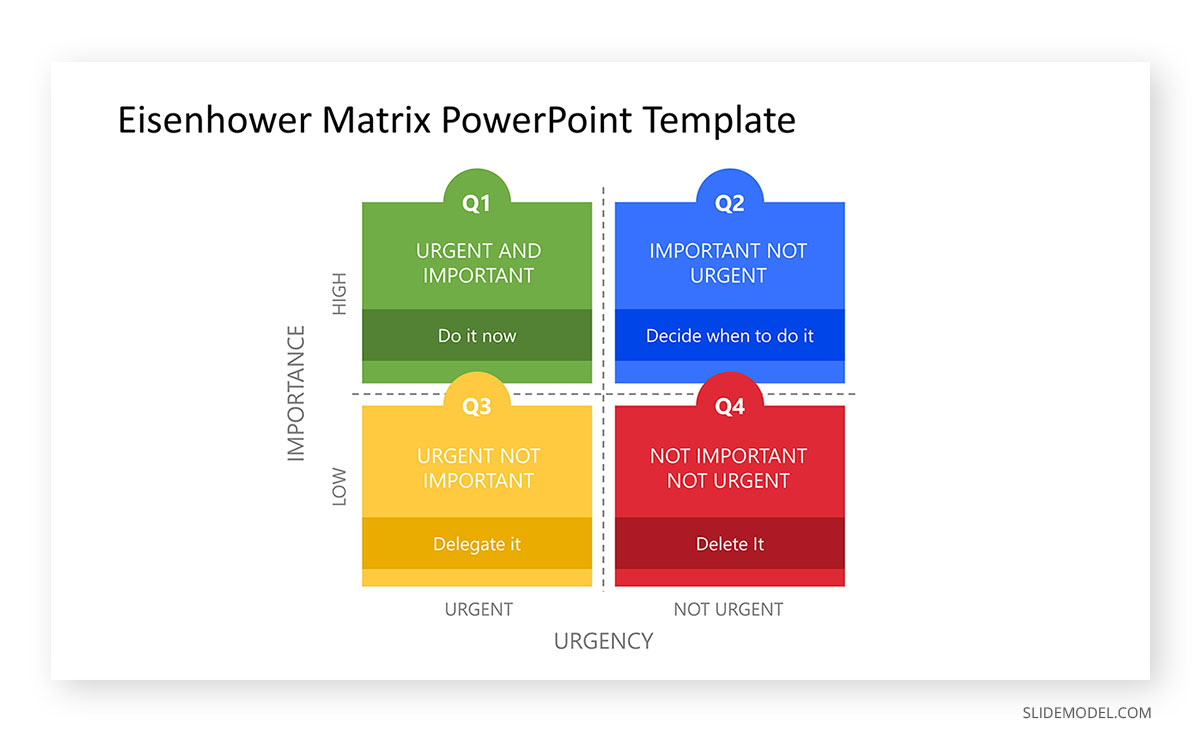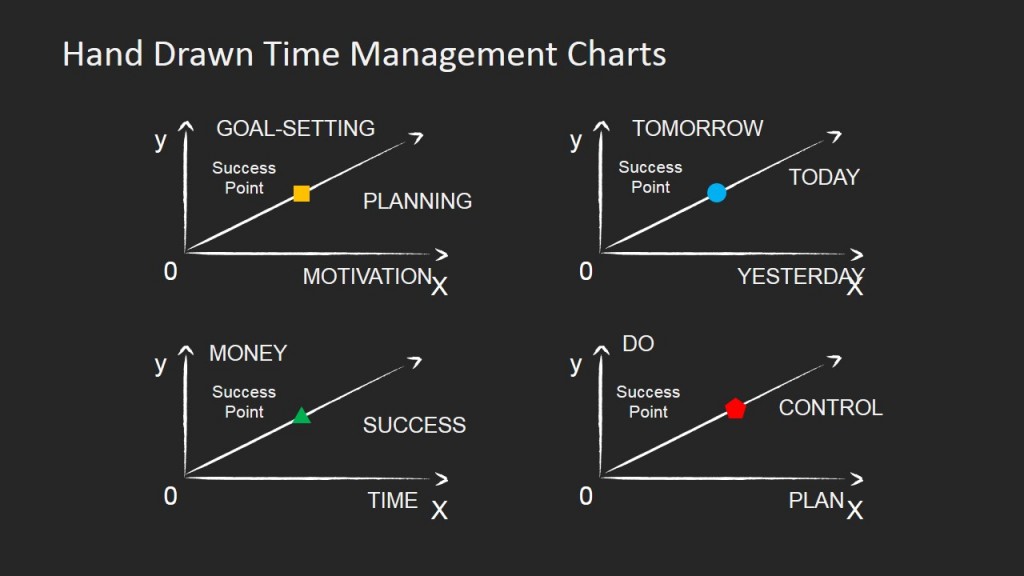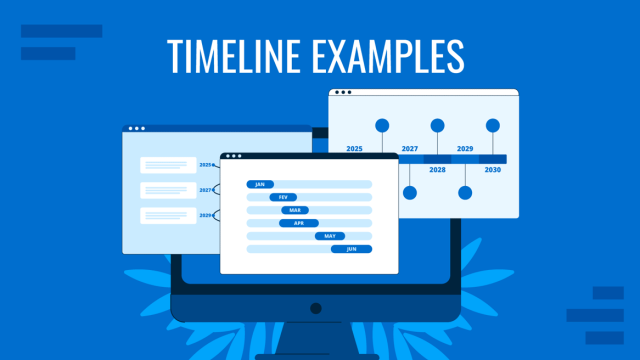
How often do you think that other people manage to accomplish more than you do? When you look at the likes of Jeff Bezos, it does seem that some people can squeeze more hours out of their days without compromising sleep. Well, you can be that “superhero” too, if you master the subtle art of time management.
What is Time Management
The Academy of Management journal provides the following definition:
Time management is a decision-making process that structures, protects, and adjusts a person’s time to changing environmental conditions.
In simpler words, effective time management stands for your ability to plan and control how long you spend on different activities.
Leaders who are good at time management complete assigned tasks within the allocated time period (without stressing over the deadlines). They can provide accurate estimates of how much time they need to complete something and can accurately follow through with their commitments. Working with good time managers is fantastic since they can provide accurate plans and ensure that everyone (themselves included!) will play their part.
On the other hand, if you aren’t that great at managing your time, you always feel more pressure to “catch up” and beat the clock. The haste often adds stress to your day and constantly undermines your performance. Plus, this can affect the plans of others whose actions depend on you.
Why is Time Management Important?
Strong time management skills make you less anxious about not making enough progress and being late on a personal level. Did you know that adults tend to feel stressed for about 5.5 years of their lifetime? Being late is the number one reason for stress. Time management staves off your obsession with the ticking clock and prompts you to focus more on your performance.
In that sense, the benefits of time management include:
- Ability to get more things done in less time
- Faster goal achievement
- Less day-to-day stress and frustrations
- Better work-life balance
- Less room for procrastination
- More leisure time
- Overall better quality of life
On a corporate level, good time managers at any role are viewed as an asset. Why? Because such people are pleasant to collaborate with. They value their time and time on others whose work depends on their ability to follow through with the commitment. However, such people are scarce and few. According to a 2019 Employer Skills survey report by the British Government, the inability to manage one’s own time and prioritize tasks is the most common reason for skill shortages (45%).
So it follows that good time managers (unlike micromanagers) are well-valued at the workplace. They are integral to driving operational efficiencies and overall organizational performance. Often, they also enjoy faster career progression. So if you are gearing up for a new position, you should pick up several new time management techniques!

How to Improve Time Management Skills: 6 Research-Backed Time Management Tips
Today, there’s no shortage of time management tools and techniques out in the wild. And yet, most of us still feel that time’s slipping past us. How come?
In most cases, we assess different time management strategies from the perspective of outcomes — will this help us do X faster? And we forget to investigate the root cause of the issue — what makes us unproductive in the first place.
Research published in JACR suggests that successful time management boils down to the following activities:
- Set a realistic goal
- Determine your way of getting organized
- Delegate low-value tasks
- Set aside time for recharging
- Stop feeling guilty.
That’s the idealistic plan though as most of our efforts in getting better with time management clash with two major stumbling blocks: procrastination and perfectionism.
Respectively, you shouldn’t just focus on mastering the first 5 steps of effective time management, but also learn how to resist those two enemies. The time management tips listed below can help you accomplish just that.

1. Learn to Better Prioritize with the Eisenhower Matrix.
Why do we procrastinate? In most cases, our brain naturally resists complex and overwhelming tasks. When we don’t know how to approach a task, we naturally tend to flee and postpone doing it.
The “cure” to the above is learning to get better with task prioritization. And the simplest (yet highly effective!) technique for that is the Eisenhower Decision Matrix.

Named after the 34th president of the United States who was also a former military commander, this matrix teaches you to ruthlessly prioritize all the tasks from your to-do list du jour.
- Urgent and Important: Do this yourself first thing in the morning.
- Important Not Urgent: Schedule the task for later in the day (or by another due date)
- Urgent Not Important: Delegate this one and/or look for ways to automating it.
- Not Important Not Urgent: Keep this away from your platter for now.
We have a separate post discussing how to use the Eisenhower matrix in a greater level of detail. So check it out too!
2. Get Better with Attention Management
In the modern always-on world, distractions are everywhere. In most cases, it’s the lack of deep focus that erodes our ability to get anything accomplished.
As explained in the Harvard Gazette, the human mind wanders 47% of the time while awake, leading to a high level of mental discontent from the task at hand. Such a wandering state of mind makes us unhappy and unproductive.
For that reason, Adam Grant, a published author, and professor at the Wharton School of the University of Pennsylvania urges everyone to focus more on attention management over time management.
He writes that if you “Attention management is the art of focusing on getting things done for the right reasons, in the right places and at the right moments.”
When we prioritize tasks that truly matter, we’ll get less frustrated with the execution timing and more satisfied with the results. We shouldn’t treat productivity as the ultimate virtue but as a means to an end.
“Getting productive” is a bad goal unless it’s backed by good reasoning such as “do something faster to see the end results of your work”. By focusing your attention on the outcomes of your actions, your end goal, and the impact it will have, you can naturally activate your intrinsic motivation and push yourself into a focused, productive state.

3. Try the “Get Things Done” Technique
The Get things done (GTD) method was proposed by David Allen, a productivity consultant. Allen developed a 5-step method for setting better goals, prioritizing tasks, and propelling yourself to action.
At the beginning of your workday, take 15-minutes to do the following:
- Capture: Dump all your tasks in a list
- Clarify: Break down each task into smaller sub-steps
- Organize: Systematically note when each task should be done and the dependencies between tasks
- Reflect: Re-prioritize some of the tasks and set a realistic daily schedule.
- Engage: Get down to business!
Get a deeper take on the getting things done technique from our previous post.
4. See If the Pomodoro Technique Will Work For You
There’s no shortage of time management apps on the market. But science proves that some of the simplest methods such as the Pomodoro method timer remains one of the most effective tools at your disposal.
The premises of the Pomodoro technique are simple:
- Pick your task
- Set a timer for 25 minutes
- Try to get as much done as possible before the timer buzzes
- Take a five min break
- Do another 25-min work sprint
- Schedule longer downtime (25-30 mins) after 4 Pomodoro rounds
The Pomodoro technique helps you train your attention management abilities and teaches you to get organized on command.
At the same time, Pomodoro prevents you from working till exhaustion. Breaks are important for our mental wellbeing since repetitive chores and work drudgery cast a negative toll on our ability to stay focused and productive. A Research confirms that dullness and cognitive boredom negatively affects our focus, but a work-break-work pattern can solve this.
5. Create Rituals for Transitioning to Deep Work
Deep work is a state of distraction-free concentration that pushes your cognitive capabilities to their top limit. In other words — it’s your sacred headspace for performing the best work. But can you dial up “deep work” on command?
Yes, if you build a habit out of it. In The Power of Habit, Charles Duhigg writes that every habit goes through a “habit loop”. The loop includes three components:
- Trigger: an action that precedes the routine
- Routine: the actual act of doing something
- Reward: something you “earn” for completing the routine (e.g. satisfaction)
To get more productive, you need to weed out negative triggers (e.g. going on social media first thing in the morning) and replace them with more effective ones (e.g. pre-planning your to-do list the night before).
So that when you use your trigger (e.g. to-do list for the day), your brain could instantly spiral into the correct routine.
Here are some good pre-work rituals to consider:
- Try business bullet journalling
- Meditate for 15 minutes to clear your mind
- Review your daily tasks and their connections to bigger goals
- Organize your workspace (e.g. reduce the clutter, clean the cup, etc)
- If working from home, do a 15 “commute walk” to get into the work state
6. Practice Periods of Deep Work
Entering the state of deep work can be challenging at first. Hence, focus on cultivating a facilitating environment for that.
Observe your energy and attention levels throughout the day. Work out your most productive hours, and then block those hours on your calendar for deep work. During such time blocking sessions, turn off all the distractions, use noise-canceling headphones, get cozy and dive into the most important task for the day.
To keep yourself going, create a scoreboard or start using a timesheet for yourself for measuring how many hours you devote to deep work. Once you start tracking your work hours, you’d be able to tell better if you are truly focusing on the right tasks and projects or let the 40-hour workweek go by without accomplishing much.

FAQs
What are the benefits of time management?
– Increased productivity.
– Reduced procrastination.
– Improved focus on important tasks.
– Better collaboration and communication.
– More time for personal growth and relaxation.
How can leaders improve attention management?
Leaders can improve attention management by:
– Focusing on high-impact tasks.
– Minimizing distractions.
– Aligning tasks with long-term goals.
– Practicing mindfulness to stay present.
What is “deep work,” and why is it important?
Deep work is a state of focused, distraction-free work that allows for maximum productivity and creativity. It is important because it enables leaders to complete complex, high-value tasks efficiently.
What is the “Get Things Done” (GTD) technique?
The GTD technique involves a five-step process:
– Capture: List all tasks.
– Clarify: Break tasks into smaller steps.
– Organize: Prioritize and set deadlines.
– Reflect: Review and adjust priorities.
– Engage: Take action.
How do perfectionism and procrastination hinder time management?
– Perfectionism leads to overanalyzing tasks, delaying completion.
– Procrastination prevents starting tasks, often due to overwhelm or lack of motivation.
To Conclude
There’s no right or wrong way to do time management. Also, there’s no “shortcut” to instantly getting more organized. Pick a time management technique and stick to it. Be deliberate and committed. Then you’ll see great results!



